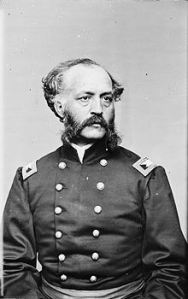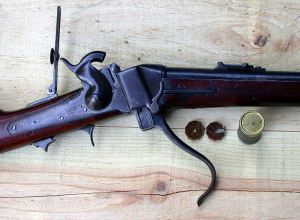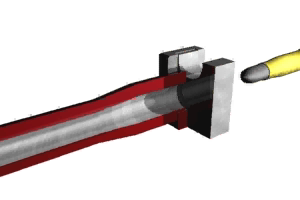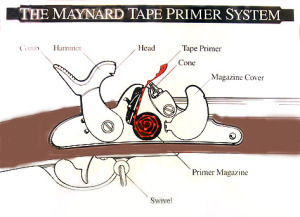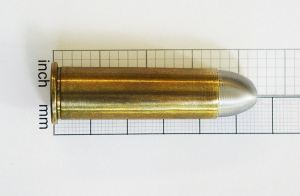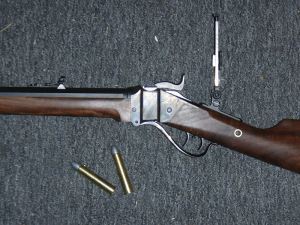A Writer’s Guide to Guns: Sharps Images
The popular image of guns of the Old West has it that everyone went about with a Winchester 1873 lever-action rifle and a Colt Single Action Army as a sidearm. But the reality is more complicated. A whole lot of the activity happened before 1873, and there were many other guns doing work west of the Mississippi.
One of them was the Sharps rifle:
The Sharps was designed by a fellow named Christian Sharps–you’re surprised, right? The patent came in 1848, and the rifle in 1851. That’s the same year that the Colt Navy was sold for the first time, by the way, making that a good year.
From the first, it was a large-bore, precision rifle, aimed at hitting targets at long range, whether we’re talking enemy soldiers or large animals. The Sharps was a single-shot, originally in .44 caliber, though .52 became the standard. It was used as a sniper rifle with a Malcolm scope by the sharpshooters under Hiram Berdan’s command,
though the rifles were used on both sides, especially in the shorter carbine version favored by cavalry troopers, including my western character, Henry Dowland.
Unlike most infantry rifles, the Sharps was a breech-loader.
The trigger guard acted as a lever that dropped the breech block, opening the rear of the barrel.
A paper or linen cartridge was then inserted. A Maynard tape primer was installed on many of these, working something like a modern cap gun.
Closing the action cut the rear end of the cartridge to expose the powder inside. These rifles were often converted after the Civil War to .50-70 or .50-90 metallic cartridges–that means .50 caliber and seventy or ninety grains of black powder shoving along a bullet of some 400 or 500 grains at around 1,400 feet per second, an ounce of lead chugging along at a good rate.
As such, they were the classic buffalo gun. The accuracy potential of the rifle was enhanced with tang sights,
and a set trigger on some models. Squeezing the rear trigger set the front trigger to a lightweight pull, necessitating less effort and thus less disturbance of the aim in firing.
These features show up in various films, notably Quigley Down Under and the 2010 version of True Grit. Billy Dixon, a scout for the U. S. Army, used one in real life to shoot an Indian who was part of the siege at the Adobe Walls outpost in northern Texas. The range was 1,578 yards. Dixon said it was a lucky shot, but the besiegers figured that they didn’t have a chance and gave up.
Until the advent of smokeless powder, the Sharps was one of the most powerful firearms going. And the good news is that companies are making reproductions today.




